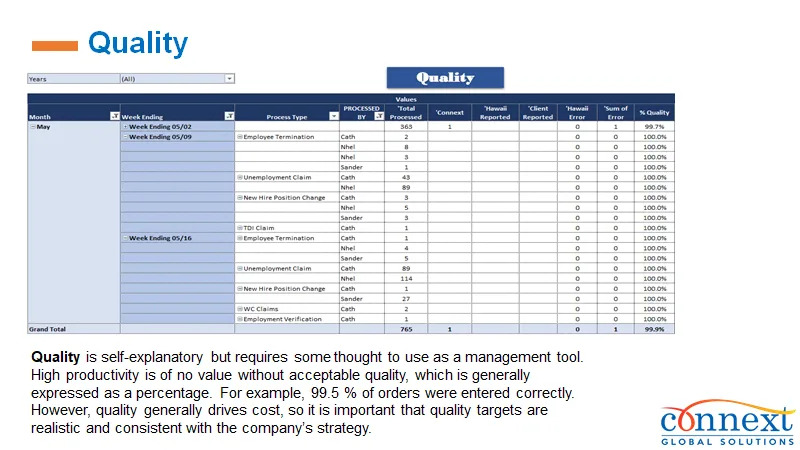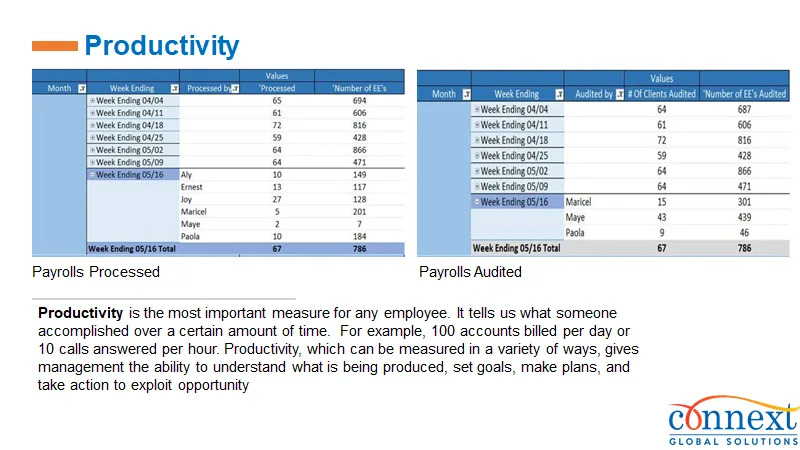Key Summary
More managed service providers (MSPs) are turning to outsourced service desks to meet growing client expectations while navigating staffing limitations. By partnering with experienced external teams offering support services, MSPs can manage help desk operations and support requests more efficiently, maintain SLA performance, and offer consistent client experiences—even during hiring freezes or headcount limits.
The service desk plays a critical role in how clients experience an MSP’s services. It’s where issues are reported, resolved, and—if handled well—where trust is built. But as client demands grow and ticket volumes rise, many MSPs find themselves stretched thin.
Instead of rushing to hire more full-time staff, some MSPs are turning to outsourced service desk teams to scale their support functions in a way that’s flexible, reliable, and aligned with their service standards.
Why MSPs Are Outsourcing Their Service Desks
1. Managing Volume Without Overloading Internal Teams
When internal teams are focused on both day-to-day operations and a growing queue of support tickets, service quality can suffer. Outsourcing part of the service desk—especially Level 1 or Level 2 support—helps MSPs stay responsive without overwhelming their core team.
2. Staying on Top of Response Times and Client Expectations
For MSPs, consistent service management and delivery is critical. Clients expect timely responses to service requests and reliable issue resolution—and missing those expectations can affect renewals and relationships.
Outsourcing your service desk allows you to bring in dedicated team members focused on responsiveness, professionalism, and accountability. At Connext, for example, remote support staff are trained to work within clearly defined workflows and resolution times, aligning with your internal service levels and customer standards, improving customer satisfaction and customer experience.
3. Extending Support Coverage
Whether supporting clients in different time zones or simply wanting to offer extended coverage beyond business hours, outsourced help desk teams provide a straightforward way to ensure someone is always available to respond.
For smaller or mid-sized MSPs, this helpdesk service can be especially helpful for business operations—enabling broader customer support coverage without requiring night shifts or weekend rotations from internal staff.
4. Scaling During Growth or Hiring Freezes
Outsourced IT support teams give MSPs the flexibility to scale quickly—whether during onboarding new clients, expanding into new service areas, or navigating hiring freezes. These contractor-based solutions can be deployed faster than full-time hires, and without long-term commitments.
5. Supporting End Users with Consistency
Clients notice when support feels fragmented or inconsistent. A well-managed outsourced IT service desk can provide a structured, repeatable support experience. With the right training and onboarding, outsourced agents can represent your MSP effectively providing proper ticketing system management and ticket resolution with the clarity and professionalism your clients expect.
What to Look for in an Outsourced Service Desk Partner
When outsourcing, it’s important to find a partner that understands the unique nature of MSP operations. Here are a few things to consider:
- Experience with outsourced service desks for MSPs
- Clear service-level agreements (SLA) alignment and ticket-handling protocols
- Ability to integrate with your existing help desk software, service desk software and workflows
- Cultural and communication fit with your team and client base
- Transparent reporting on metrics like ticket management, resolution time, and CSAT
A Practical Approach to Service Desk Outsourcing
Outsourcing doesn’t have to mean giving up control. In fact, many MSPs use it to complement their internal teams—not replace them. A hybrid model can be especially effective: internal staff handles high-priority or complex tickets, while an outsourced team manages day-to-day requests, user inquiries, or after-hours coverage.
If you’re looking for a long-term service desk partner that can grow with your MSP, Connext offers a practical and proven model for your business goals. Connext builds dedicated service desk teams providing that align with your processes, support structure, and client expectations. Contact us to learn more.
Learn More
Outsourced service desks are helping MSPs stay responsive and consistent, even when internal teams are at capacity. If you’re exploring options to improve your support structure or reduce internal workload, this approach may be worth considering.
For a deeper dive into scalable operations, Transform Your IT Operations with Onsite MSP Outsourcing outlines how outsourcing can be tailored to your specific processes, infrastructure, and client base.
Frequently Asked Questions
A service desk is the main point of contact for handling client requests, incident reports, incident resolutions, and technical support. It plays a key role in meeting service levels and ensuring client satisfaction.
Most MSPs outsource Level 1 and Level 2 support—such as password resets, troubleshooting, and basic user issues. This helps internal teams focus on more complex or project-based work.
It depends on the execution. When outsourced agents are trained well and integrated into your workflows, clients often don’t notice any difference—just faster and more reliable support.
Many MSPs can ramp up an outsourced team within 2–4 weeks. This includes onboarding, knowledge transfer, and aligning on escalation protocols.
While outsourcing help desk services can reduce costs, most MSPs choose it to improve flexibility, coverage, customer service and client experience—especially during growth periods or hiring freezes.
It’s one where the provider understands your service structure, aligns with your communication style, and helps you maintain your SLA commitments with consistency.
Connext builds dedicated service desk teams that align with MSP workflows, helping deliver consistent support without adding headcount.









